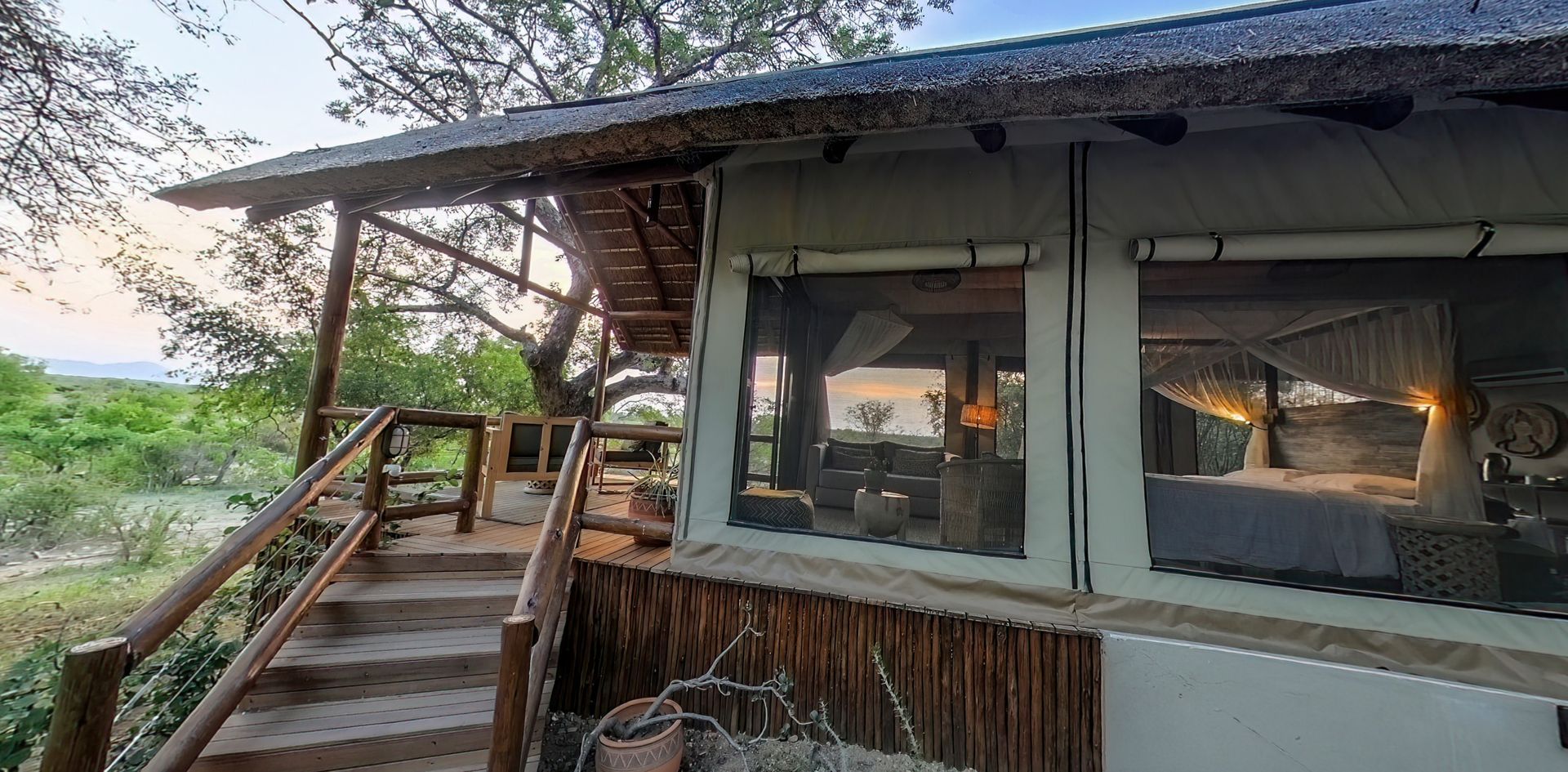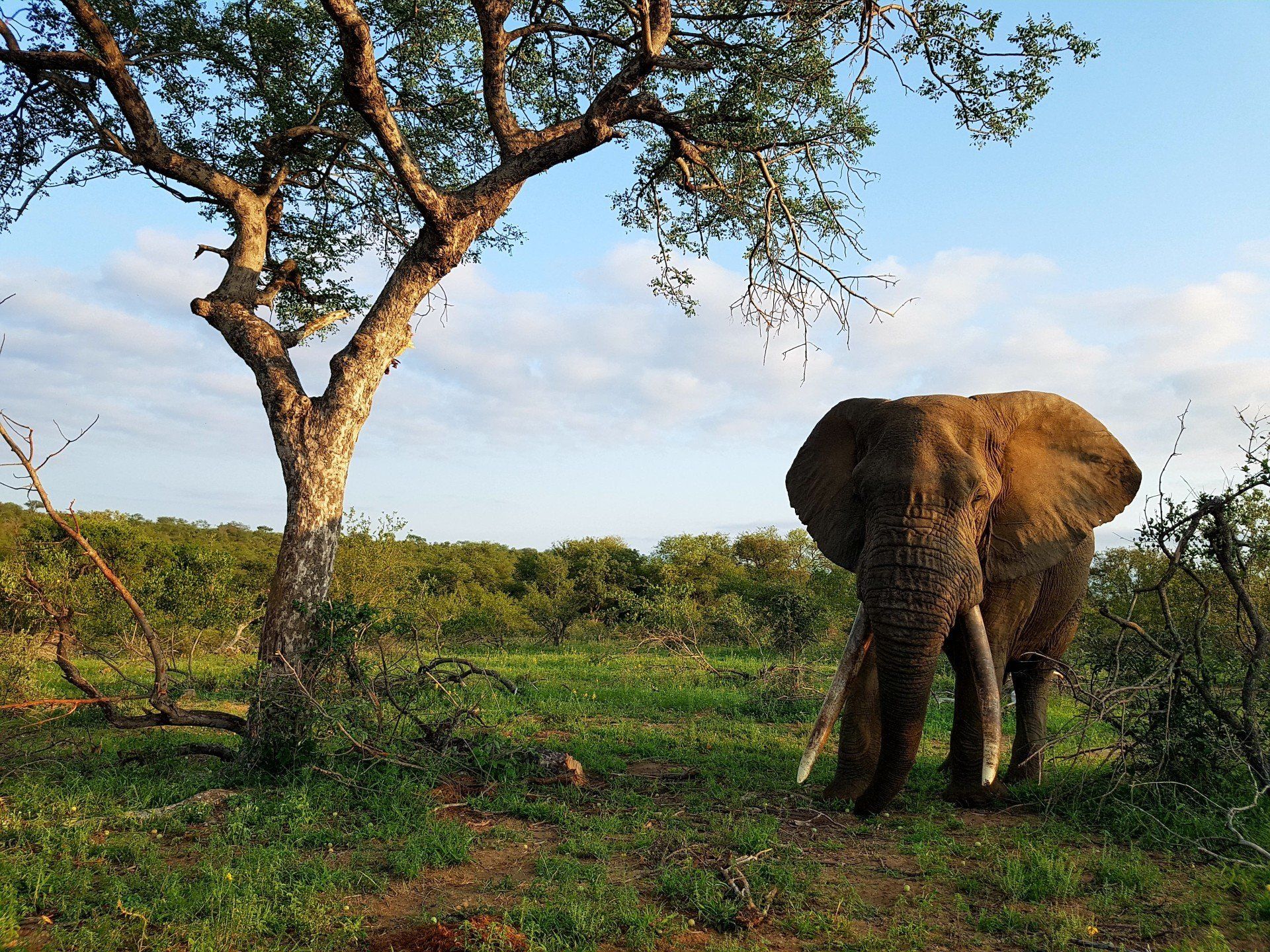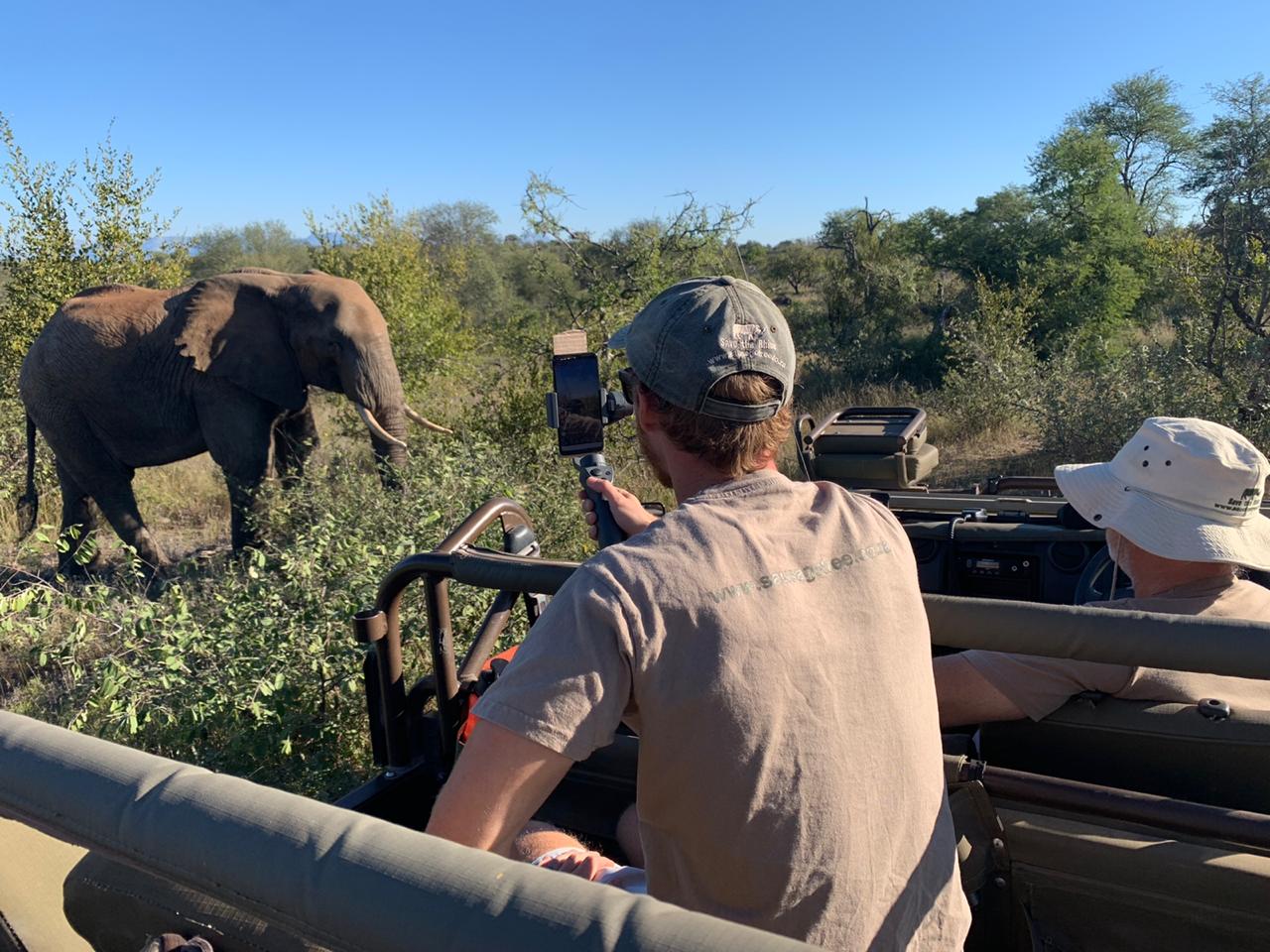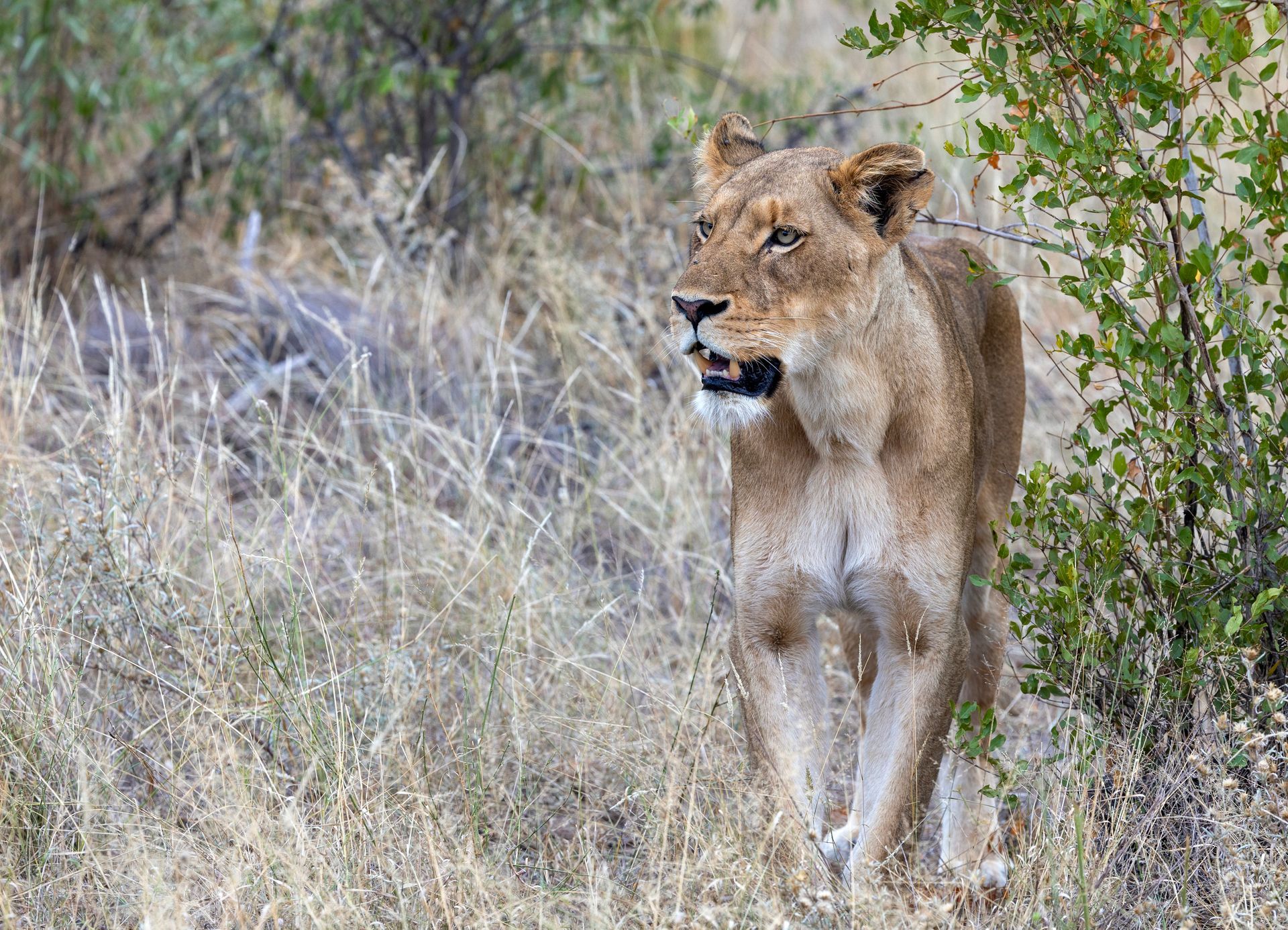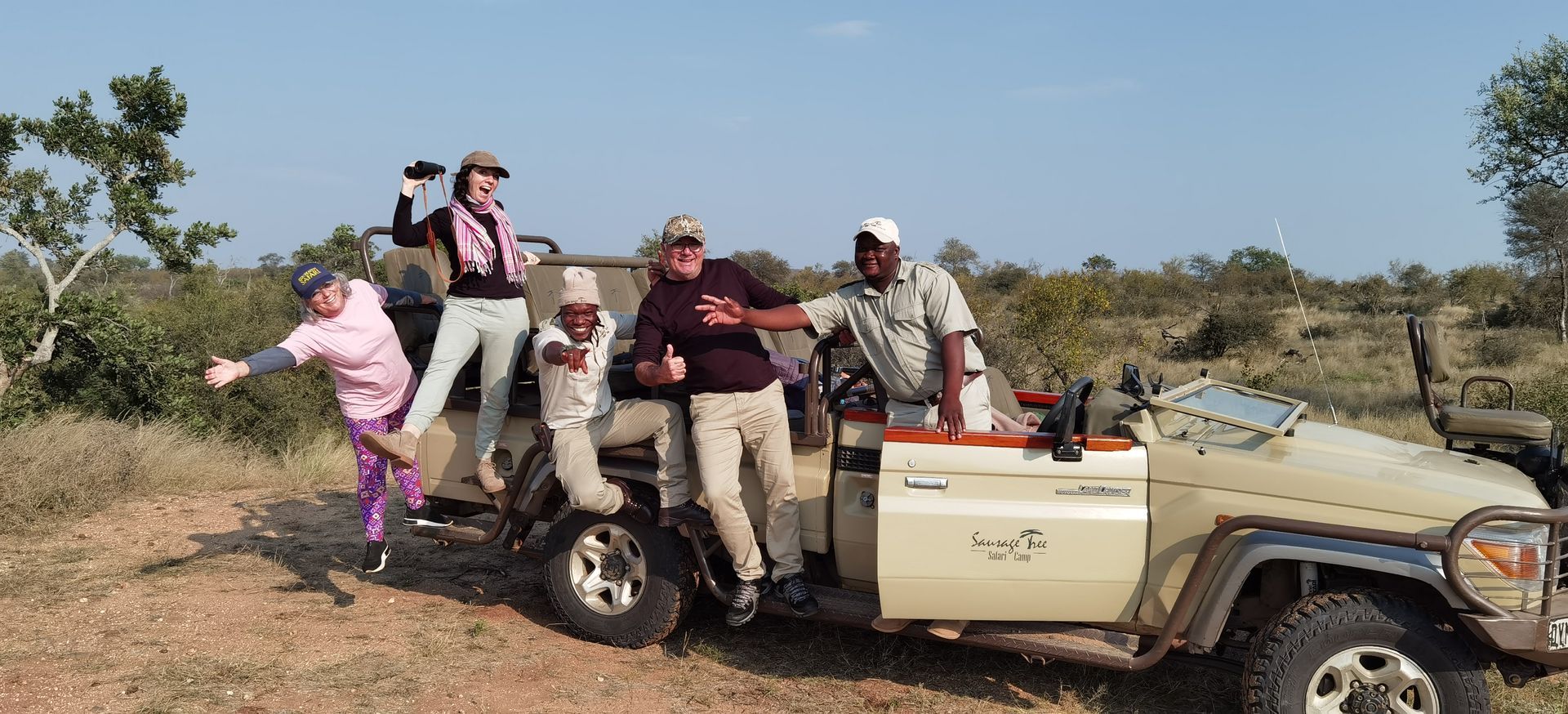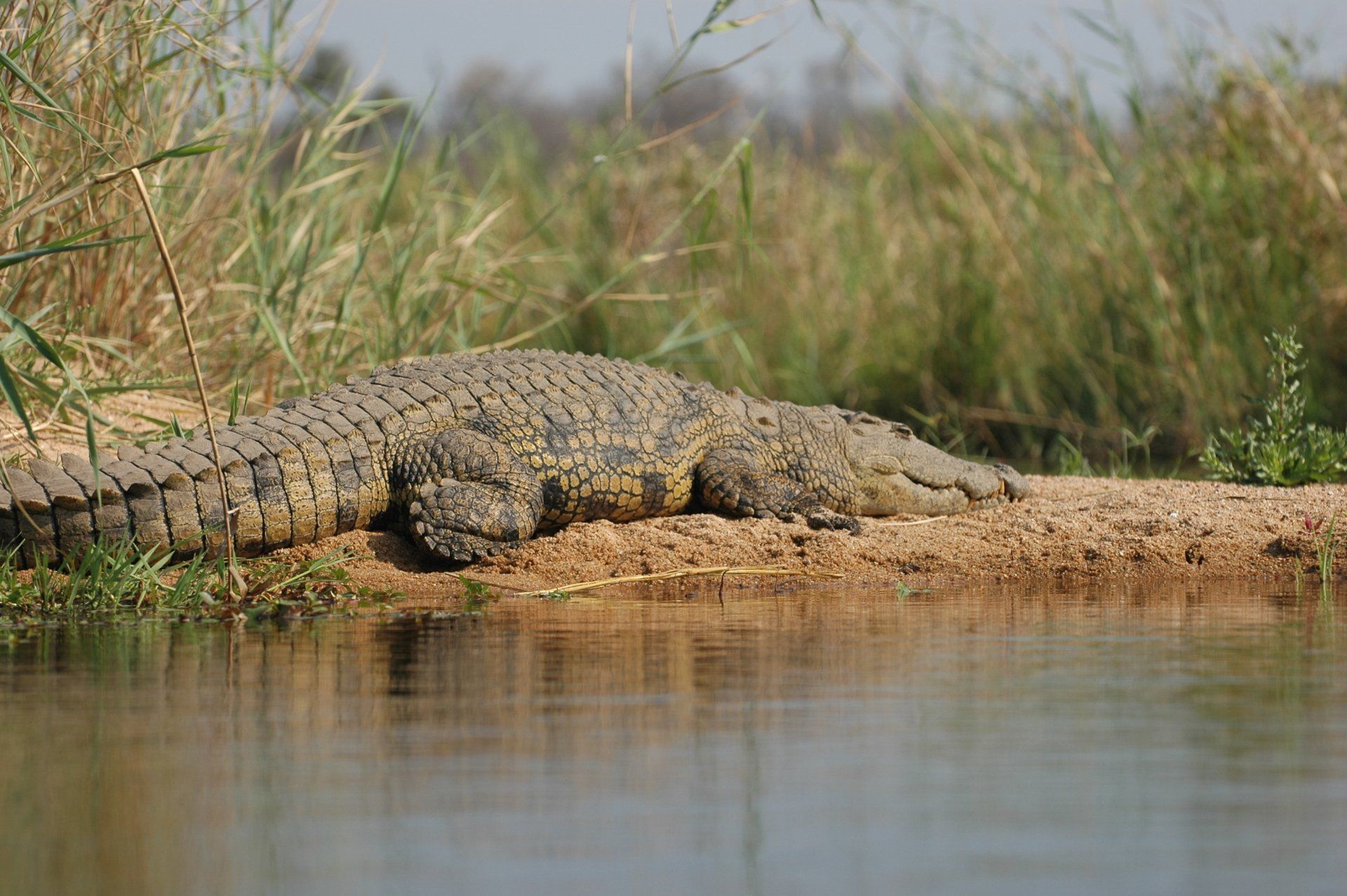Meet Ezulwini, our gentlest giant
Since first being spotted in the Timbavati way back at the start of the millennium, the huge tusker known as Ezulwini has become legendary, and very much part of the landscape here at Sausage Tree Safari Camp on the Balule Private Nature Reserve.
We've had regular sightings of this magnificent elephant bull over the years, and some extraordinary close encounters, the most recent of which was captured on video by guide Matthew Sussens and is shared below.
Simply put, Ezulwini lives up to his name, which means "from heaven" in the Zulu vernacular. He's a true gentle giant and seems somehow drawn to people, almost taking pleasure from being with them.
As with all elephant bulls, Ezulwini has an enormous home range and is prone to wandering, most often alone, but sometimes in the company of younger bulls or shadowing breeding herds. This movement can cover hundreds of kilometres and some have even been tracked on journeys of thousands of kilometres lasting years. This tendency to explore highlights the importance of the Greater Kruger initiative and the removing of fences between the Kruger National Park and neighbouring reserves like Balule, expanding the home range of our incredible elephant population and creating space for this natural movement and roaming.
What sets Ezulwini apart from other elephant bulls in the area, apart from his impressive ivory, is his extraordinarily gentle demeanor which apparently persists even when he is in musth.
Musth is a state of heightened sexual activity characterised by often highly aggressive behaviour, the streaking of temporin from the temporal glands and a constant dribble of urine that often stains the hind legs a pale green and smells, well, "musthy"!
During musth testosterone levels in elephant bulls can be up to six times greater than normal, so the accepted rule is to avoid musth bulls at all costs. Except that Ezulwini has evidently not read this memo and somehow manages to stay exceptionally chilled and relaxed in spite of the hormones raging through him during this time.
Indeed, Ezulwini is the epitome of Zen, making him an absolute delight to come across on game drives and even on walks.When he is in our area and we find him and position ourselves at a respectful distance, he very often chooses to approach the game viewer and pass by alongside, often with millimeters to spare!
Being so at ease in the company of humans is a double-edged sword for elephants like Ezulwini, as they obviously make easy targets for poachers. Africa is currently losing up to 100 elephants a day - that's one every 15 minutes - to ivory poaching and our big tuskers are under enormous threat as a result. Luckily, with his huge home range across most of the Greater Kruger area combined with the size of the Balule Private Nature Reserve (around 400km sq) and the constant presence of humans in this area, the threat to Ezulwini is minimised.
It's sad that demand for ivory has created such a crisis for these magnificent animals. Elephant tusks are actually a single pair of upper incisors that continue to grow throughout an elephant's life. In Africa's elephants, both bulls and cows grow tusks, whereas in the Asian species only males have tusks. While they never stop growing, the growth rate of tusks slows as elephants get older, meaning that the great tuskers are also among the oldest of their kind.
Ezulwini is in his prime and is estimated to be around 45 to 50 years old. Elephants live to as old as 70 so with luck we'll continue to see and interact with this magnificent bull for some years to come!
* This blog was also published in Africa Geographic
